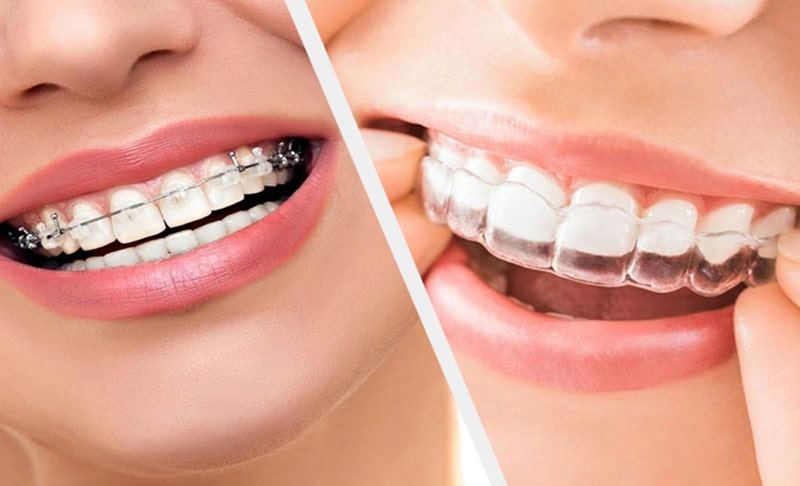
What is Braces Treatment?
When a person approaches an orthodontist, they first undergo a discussion that involves a thorough examination, discussion of the dental history, and review of X-rays of their teeth and mouth. This helps the orthodontist determine whether the condition is serious enough to go for dental braces and, if so, what is the most suitable treatment plan, and how long will it take. Sometimes, an orthodontist might feel that some other treatment option won't only correct the problem, but would fit the person’s needs much better.
Adaptations
Once your braces are in place, regular adaptive movements are necessary. This is because the elastic ties holding the wires in the proper place stretch and weaken over time. Without changing, the wires would be unable of creating a proper pressure to correct the dental issues.
During regular visits, your orthodontist also has to estimate the movement of your teeth and the progress made. This allows for changes that may enhance the final outcome of the treatment plan.
It takes a minimum of three weeks for tooth movement to happen, meaning that numerous visits are planned every 3 to 10 weeks to change the wire.
Living With Dental Braces
To prevent the breakage wear and tear of braces, it's important to maintain proper oral hygiene and avoid certain types of food. Lack of brushing may lead to damage to the enamel, so it's very important to brush at least three times a day. Numerous orthodontists suggest carrying a tooth brush with you so that you may brush your teeth after lunch while at work or school.
Interdental flossing and a water flosser should be used to clean underneath the dental wire for better oral hygiene. Fluoride containing mouth rinses are also recommended to maintain the enamel and tooth structure.
Orthodontists also suggest diets that avoid sticky foods, since they can come wedged under the braces and cause braces detachment. Hard food stuff also should be avoided; as they may break the bond between the braces and the enamel, or sometimes the braces themselves.
Debonding or Braces Removal
When your orthodontist determines that your treatment is complete, your braces will be removed with a simple and fairly effortless process. The bond between the braces and your teeth is safely and gently broken and the tooth surface is finely polished.
Recovery & Aftercare
About one to two weeks after dental braces have been removed, an appointment is made for retainer placement. Sometimes retainers can be fabricated and placed at the braces removal appointment. Retainers are removable orthodontic appliances that are necessary during the “retention phase” of the orthodontic treatment. During this stage of treatment, the teeth are fairly unstable and must be retained to give proper completion of treatment. The retainer is specifically made for your mouth. During the first six months following the removal of dental braces, it's necessary to wear the retainer full time. After this period, the retainer may only need to be worn at night, but this time is determined at the orthodontist’s discretion. Once your braces are removed, you should see your regular dentist for teeth cleaning. Your orthodontist will clean any left-over composite off your teeth and the area where the braces were, but it's important to have a thorough oral cleaning after removal of braces. Teeth whitening also may be considered, since there may be a significant difference in color between where the braces were placed and the enamel surface.
